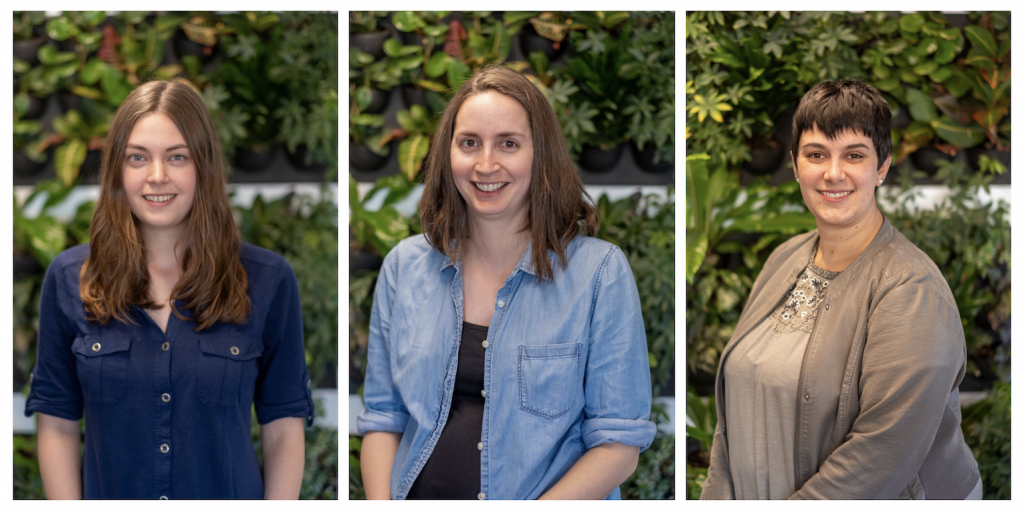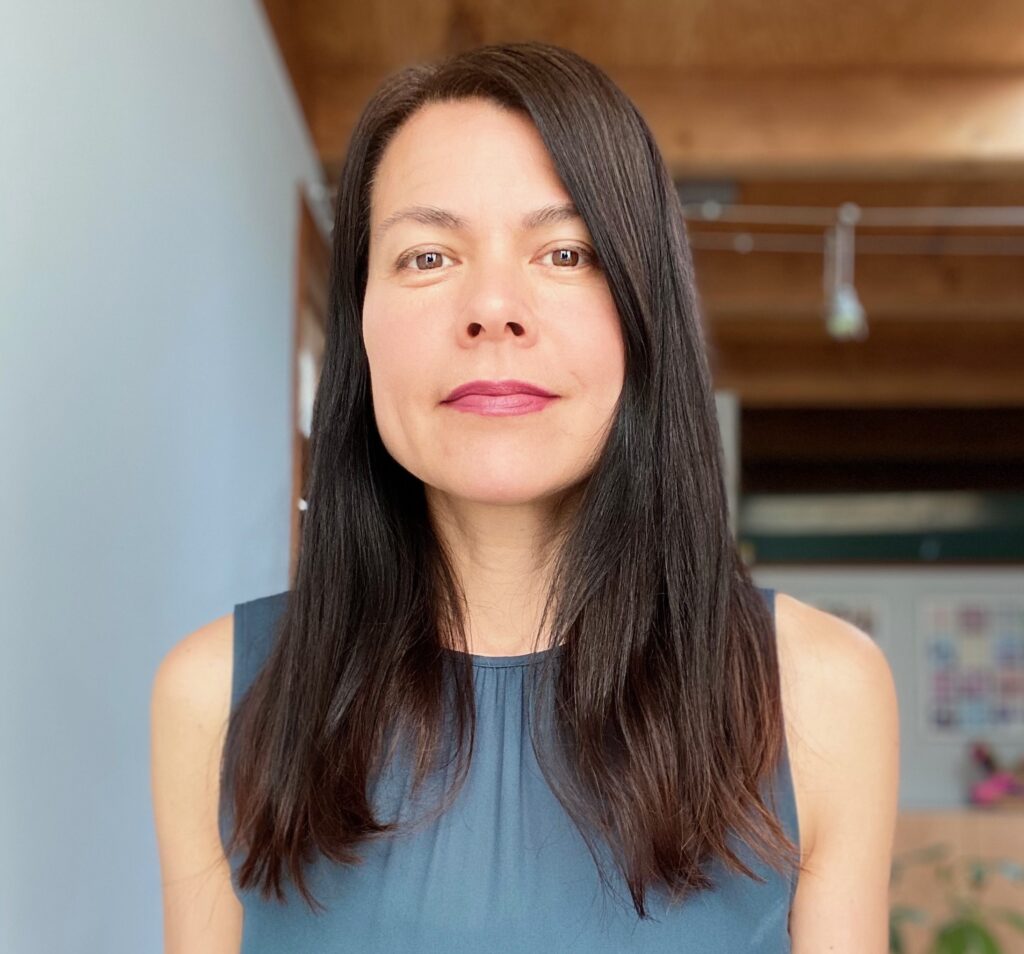News & Articles
The Women in Engineering at Color are Leading the Charge with Innovation
Abby Reisinger

Mistaken for a member of the HR team by a peer. Paid less than a more junior colleague. Continuously asked out on dates by male colleagues. Accusations of promotions simply as a result of diversity quotas. Left out of meetings held at urinals where crucial decisions were made.
When the women of Color’s engineering team are asked about the challenges they faced as women in technical roles before joining Color, these are just a few of the examples they shared. Those examples are a stark contrast to the experience they’ve had at Color, where 50% of the executive team is female, and 54% of the women in the company operate in a STEM role.
Anjana Ondov, a bioinformatics engineer, says the difference is obvious in how her team interacts: “We have a blameless culture, which makes me unafraid to try new things and think outside the box.” Product Engineering Manager Emily Johnston focuses her time on ensuring everyone on her team has the chance to be engaged in interesting, challenging work. She suggests the difference comes from working in health, because “biology is much more diverse than computer science and engineering.”
Rebecca Bauer, a software engineer, says, “I always feel like my ideas are heard and considered. Even as a relatively junior engineer, I’m included in design discussions and encouraged to give feedback on major technical decisions.” Suzette Puente Pimental, a data scientist, still remembers being shocked by the difference on her first day at Color. “I sat down to lunch and did a double-take: There were only women at the table.” Audrey Musselman-Brown, the first female software engineer at Color, joined at a junior level three years ago and she “loves how many female engineers have joined over the years.”
Color’s engineering team is 38% female and in addition to creating a culture that runs counter to traditional technical teams, they are pushing forward innovative and thoughtful solutions for population genomics and precision health. The team’s unique blend of software engineering, data science, and bioinformatics works across multiple domains including frontend infrastructure, clinical tools, bioinformatics, data science, security and privacy. This team is solving for new customer onboarding, EHR integrations, variant classification, pipeline reliability and more — all of which are crucial as Color grows into the population genomics space.

Rebecca Bauer; Emily Johnston; Audrey Musselman-Brown
Career development is a priority for everyone on the team. Suzette’s production-level code writing skills have expanded exponentially since joining Color as a result of an “Effective Python” weekly reading group, where everyone is encouraged to ask questions and have their code thoroughly reviewed. “The Data Science team takes full ownership of a project, from ETLs to production-ready model implementation,” she says. “This meant I finally had the chance to learn Python and it forced me to push myself to become a programmer with better habits.” Audrey has grown, too: she joined Color with a master’s degree in bioinformatics, but no experience with frontend engineering. “Since joining, I have learned a ton about JavaScript and Angular. This is also the first place I’ve worked with Django. I’ve now done several complex Django migrations.”
A culture of collaboration across teams at the company is encouraging growth for everyone, even for seasoned engineers like Emily. “It’s my first time working in such close collaboration with non-software scientists. For the clinical folks we work with, we’re typically the first software people they’ve ever collaborated with, so we’ve all learned to be better at explaining what’s easy and what’s hard to do in our respective fields, and I’m getting better at anticipating the kinds of questions people outside of engineering might have.” This type of collaboration has led to innovations across the company.
Audrey has rebuilt the infrastructure for the clinical result generation process, expanding from just PDFs to include EHR integrations and multi-sample CSV exports for health systems. “This has allowed us to be confident that all these return-of-results methods are consistent with each other, and made our reporting process much more reliable.” Anju recently contributed to a cross-functional project between software engineering and the Scientific Affairs team that annotated Structural Variants (SVs). “This project was a huge value-add for our Variant Scientists. They now have accurate annotations for SVs which makes classifying SVs easier.” Now, she’s working on a new algorithm to find multiple nucleotide variants (MNVs), which is a variant that occurs over more than one base.
The women on Color’s engineering team are consistently reaching further in their work, acting as a driving force behind the entire technical side of the business as they pitch and explore new ideas through Hack Week, Fixit Week, and day-to-day inspiration. Rebecca partnered with a laboratory engineer on an integration between LIMS, Color’s custom-built lab software, and the lab’s new robotics system, HighRes, to automate a complicated and time-consuming step in our lab process. “This project was the first time that LIMS had controlled a lab robot, which represents a major shift in the way our lab works.” Now, she’s focusing on the Report Harmonization Platform for the All of Us Research Program, where she is adapting existing reporting tools for the million-person study. “While we’re at it, we want to improve the tool for our internal users as well,” she says.
In a world where a majority of technical roles are still filled by men, the women in engineering at Color are leading the charge with innovation, all while building a culture that values difference and welcomes varied voices. Suzette says, “before joining Color, it was rare to have another woman at the table.” Now, it’s rare to be the only one.


